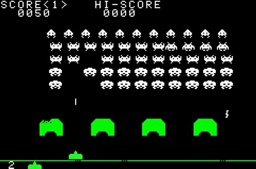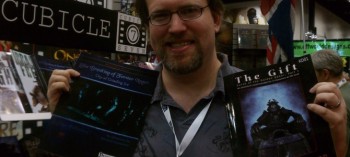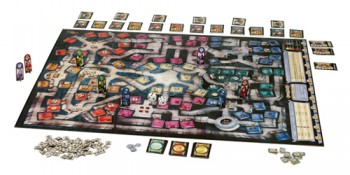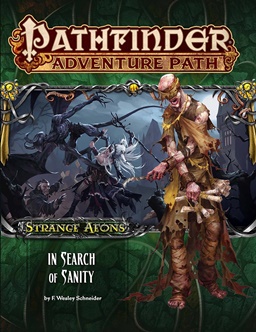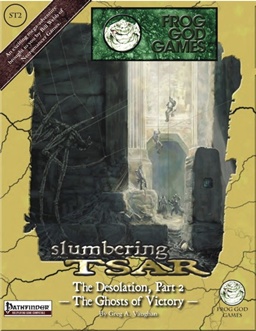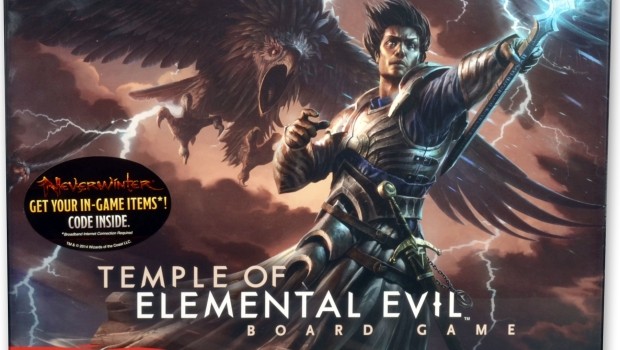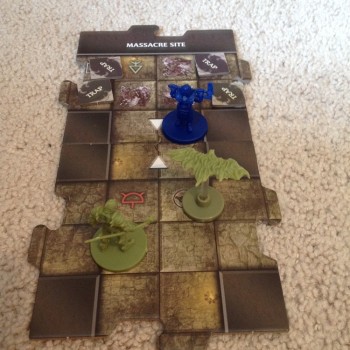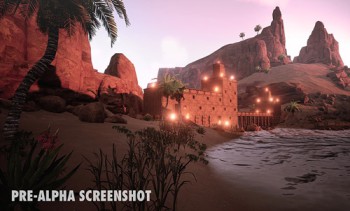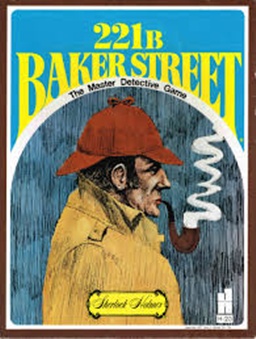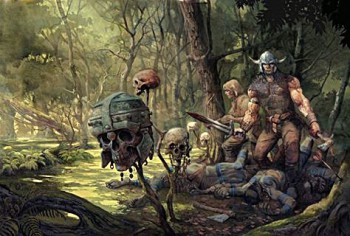Why I Went Old School — or Swords & Wizardry vs. Pathfinder
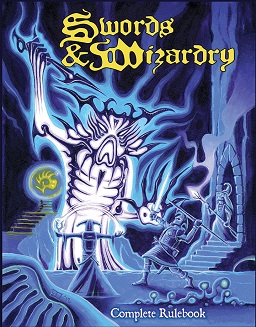 When I got back into playing RPGs, I chose Pathfinder over 4th Edition D&D (as a whole lot of people seemed to do). I was familiar with 3rd Edition and the plethora of rules, skill checks, etc… I’m still pretty well versed in Pathfinder, which is a great product, and I’m a big fan both of Golarion, the campaign world, and of the company, Paizo.
When I got back into playing RPGs, I chose Pathfinder over 4th Edition D&D (as a whole lot of people seemed to do). I was familiar with 3rd Edition and the plethora of rules, skill checks, etc… I’m still pretty well versed in Pathfinder, which is a great product, and I’m a big fan both of Golarion, the campaign world, and of the company, Paizo.
Two members of my gaming group have never played an actual pen and paper RPG. One (she) is a hardcore World of Warcraft player, and the other (he) is a veteran PC gamer, with a lot of hours on Baldur’s Gate and Oblivion (among others). Both have also played the Pathfinder Adventure Card Game: Rise of the Runelords (which I LOVE!) with me. So, they get the skill check concept.
I decided to run them through a dice-rolling, paper mapping, minis on said paper, character-sheet adventure.
I initially considered Pathfinder. I have a lot of resources available, and I definitely know the system well enough to teach it to them. I even have a Beginner’s Box, still in the plastic (how about that, John O’Neill!). But I quickly discarded that system.
Pathfinder is extremely rules heavy. I’ve seen it grow over the years and, as seems inevitable for any ongoing, lively edition, suffer from rules bloat and options bloat. The last game I ran, I limited players to the core rulebook just because I didn’t want to deal with so much “stuff.” Also, I’m not particularly interested in half-angel, half-goblin mammoth-riding gunslingers.
BTW – Gary Gygax had some very specific thoughts related to the expansion of the game (presumably through options), in his book, Role Playing Mastery:
Too often, new material purporting to add to a game system is nothing more than a veiled attempt to dominate the game milieu through power, not skill. Such creativity, if it can be called that, amounts to a perversion of the game. It is much like cheating at solitaire. Understanding the scope of opportunity offered to PCs by the game system will certainly discourage the intelligent player from such useless activity.
